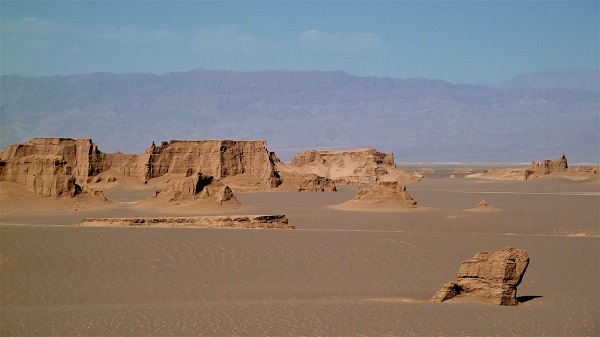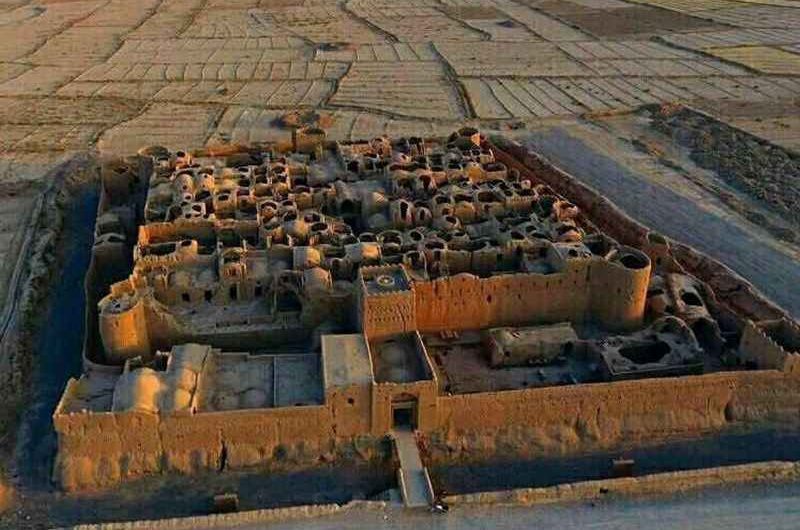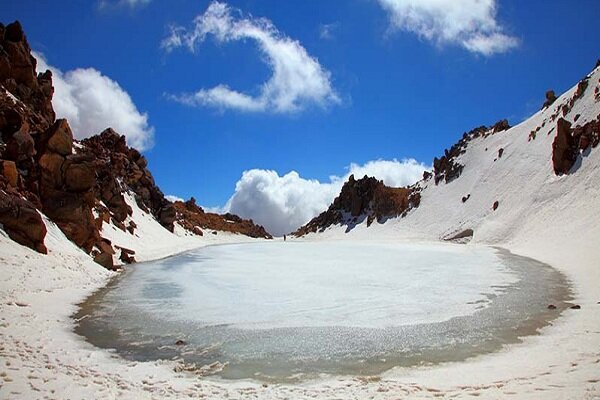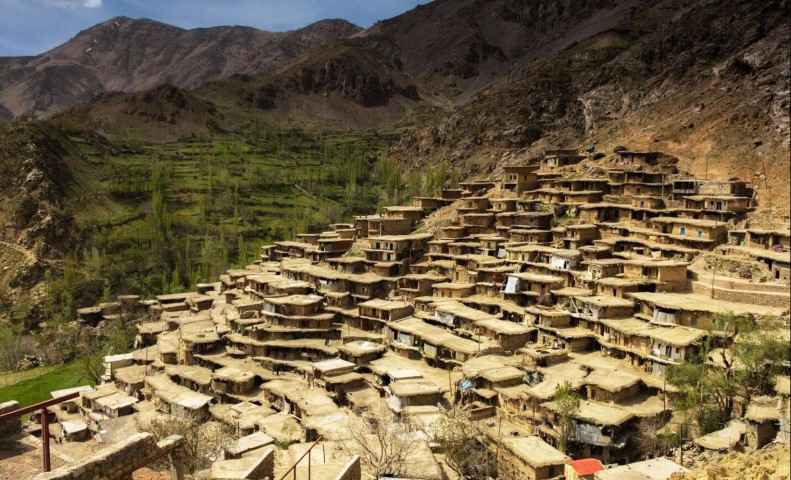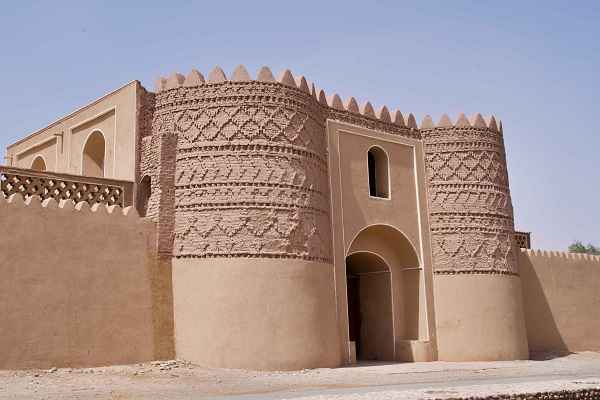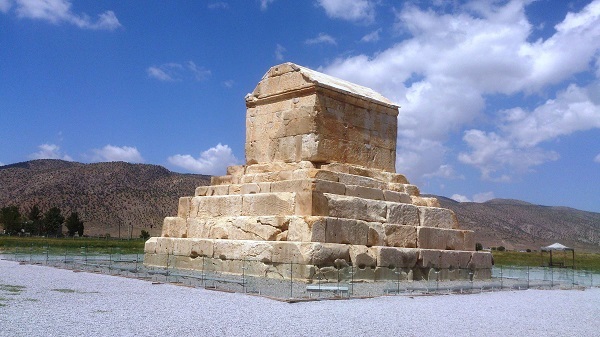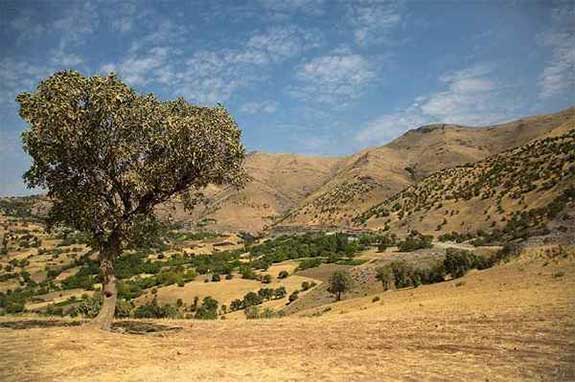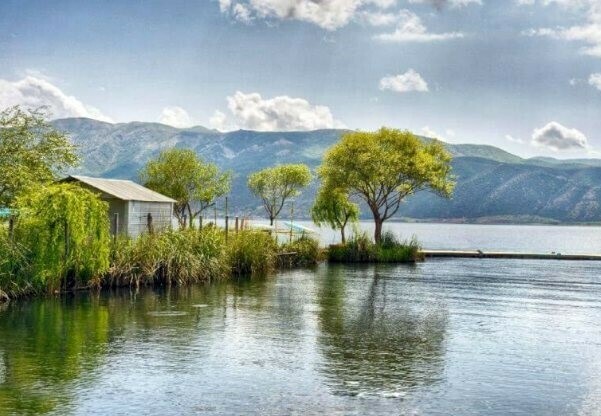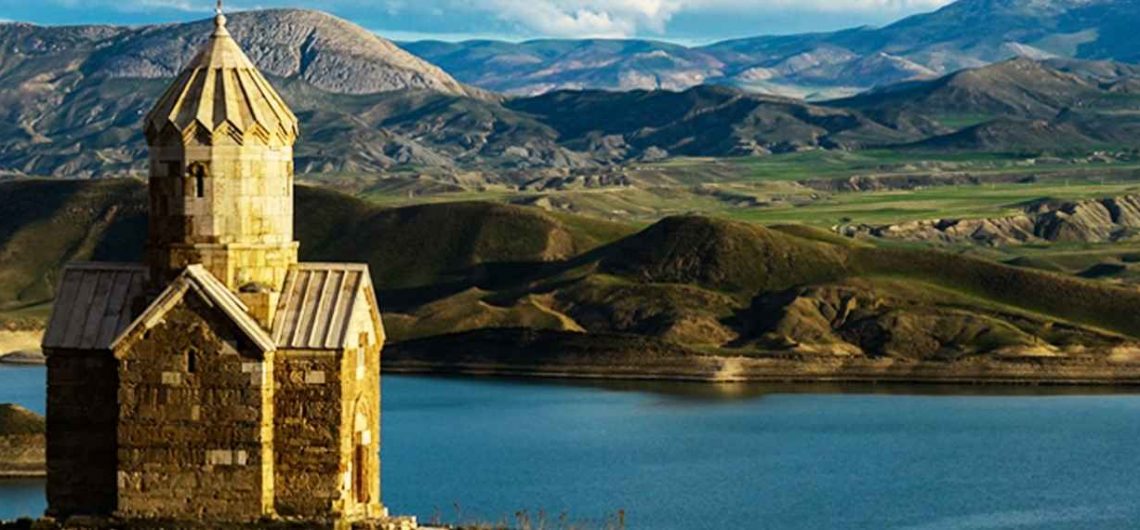Marivan The city of Marivan is located 125 km northwest of Sanandaj, near the Iran-Iraq border, at an altitude of 1,320 meters above sea level. The Zagros Mountains are the highest land in Marivan. Being the rainiest city in Kurdistan province, the city's climate is cold and humid. Marivan consists of three parts, main districts like "Markazi", "Sarshiv", "Khavumirabad", four cities and six rural districts. Marivan Woods The forests of the region cover an area of 185,000 hectares stretching from the Garan Gorge in the west to the village of Sheikh Attar. The high western plains of the Zagros Mountains attract moist clouds, thus providing suitable conditions for creating forest cover. Lake Zaribar Lake Zaribar is one of the beautiful lagoons in western Iran and is considered a tourist center of the country. This extraordinary ecosystem with an area of about 3,000 hectares, composed of water, reeds and wildlife, is located in the western part of Marivan. This lagoon is home to many species of fish such as common carp, cane carp, and a species of eel. The lagoon is an important aquatic ecosystem in the life cycle due to the seasonal migration of birds and is considered a beauty with great potential for ecotourism.
Marivan
The city of Marivan is located 125 km northwest of Sanandaj, near the Iran-Iraq border, at an altitude of 1,320 meters above sea level. The Zagros Mountains are the highest land in Marivan. Being the rainiest city in Kurdistan province, the city’s climate is cold and humid. Marivan consists of three parts, main districts like “Markazi”, “Sarshiv”, “Khavumirabad”, four cities and six rural districts.
Marivan Woods
The forests of the region cover an area of 185,000 hectares stretching from the Garan Gorge in the west to the village of Sheikh Attar.
The high western plains of the Zagros Mountains attract moist clouds, thus providing suitable conditions for creating forest cover.
Lake Zaribar
Lake Zaribar is one of the beautiful lagoons in western Iran and is considered a tourist center of the country. This extraordinary ecosystem with an area of about 3,000 hectares, composed of water, reeds and wildlife, is located in the western part of Marivan. This lagoon is home to many species of fish such as common carp, cane carp, and a species of eel. The lagoon is an important aquatic ecosystem in the life cycle due to the seasonal migration of birds and is considered a beauty with great potential for ecotourism.


